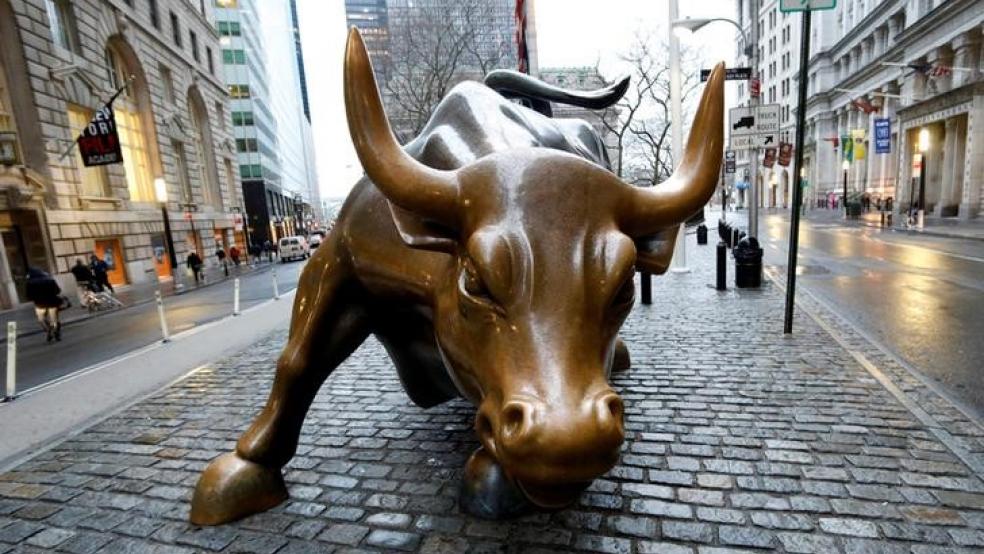By Susan Heavey
WASHINGTON (Reuters) - The U.S. poverty rate fell for the second straight year in 2016 while median income rose to an all-time high of $59,000 as the economy made up ground lost during the 2007-2009 recession, federal government data released on Tuesday showed.Median household income rose 3.2 percent from $57,200 a year earlier, according to a U.S. Census Bureau report. It surpassed the previous high of $58,665 in 1999 during the nation's record 10-year economic expansion, although the agency said the figures were not directly comparable because of methodology changes."Real median household income has finally completed its nine-year slog of digging out of the ditch," IHS Markit Executive Director Chris Christopher said, with more gains expected in 2017 and 2018. Asked about the income jump, Census officials pointed to a rise in the number of people working more hours and more often even as wages appeared flat."We found that the earnings of households in middle .... their earnings were up. But we also saw a big jump in number of people working and the number of people working full-time year round," said Trudi Renwick, an assistant division chief for Census, adding: "Median earnings for full-time, year-round workers was flat relative to last year."At the same time, the agency said last year's official U.S. poverty rate was about where it was before the recent U.S. recession. The 12.7 percent poverty rate in 2016 was a decrease of 0.8 percentage points from 13.5 percent in 2015, it said. It was 12.5 percent in 2007. More than 40.6 million people in the United States were living in poverty last year, 2.5 million fewer than in 2015 and 6.0 million fewer than in 2014, Census said.The number of poor decreased for most demographic groups except seniors, the only group that saw an increase, it added.The official poverty rate varies depending on household size and income. For example, in 2016, a family of four with two adults and two children with a household income of $24,339 or less, two adults with $16,543 or less, or someone aged 65 or older with $11,511 or less would all be considered to be living in poverty. Additionally, Census said the supplemental poverty measure was 14.0 percent. That metric factors in various expenses and regional differences in the cost of living as well as the support the poor might receive from government programs.The bureau also said 28.1 million people in the United States, or 8.8 percent, lacked health insurance coverage in 2016 compared with 29 million, or 9.1 percent, in 2015.Despite the gains, some experts said more could be done.Sheldon Danziger, head of the Russell Sage Foundation poverty research group, said "expanding the earned income tax credit ... and more spending on badly needed infrastructure and early childhood education" would lift employment and productivity. (Additional reporting by Doina Chiacu in Washington; Editing by Matthew Lewis and Phil Berlowitz)U.S. incomes, poverty rate bounce back to pre-recession levels in 2016

Lucy Nicholson

